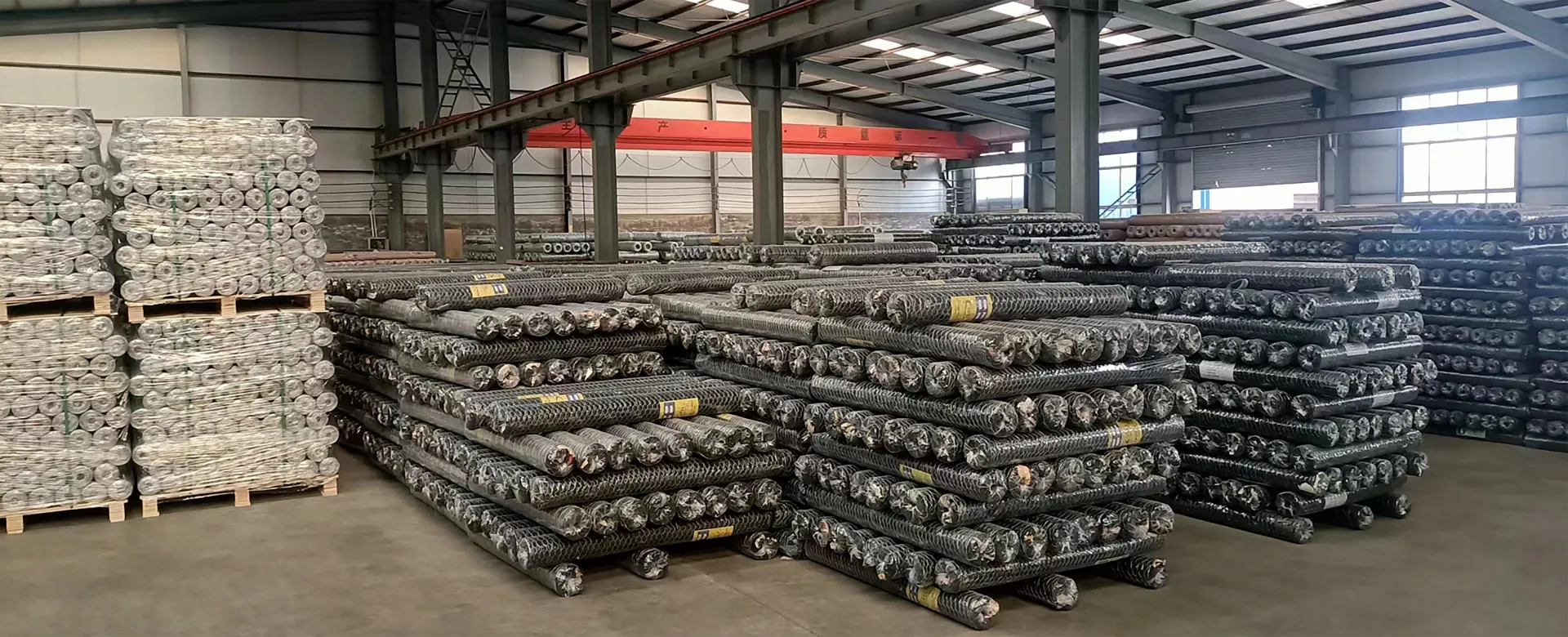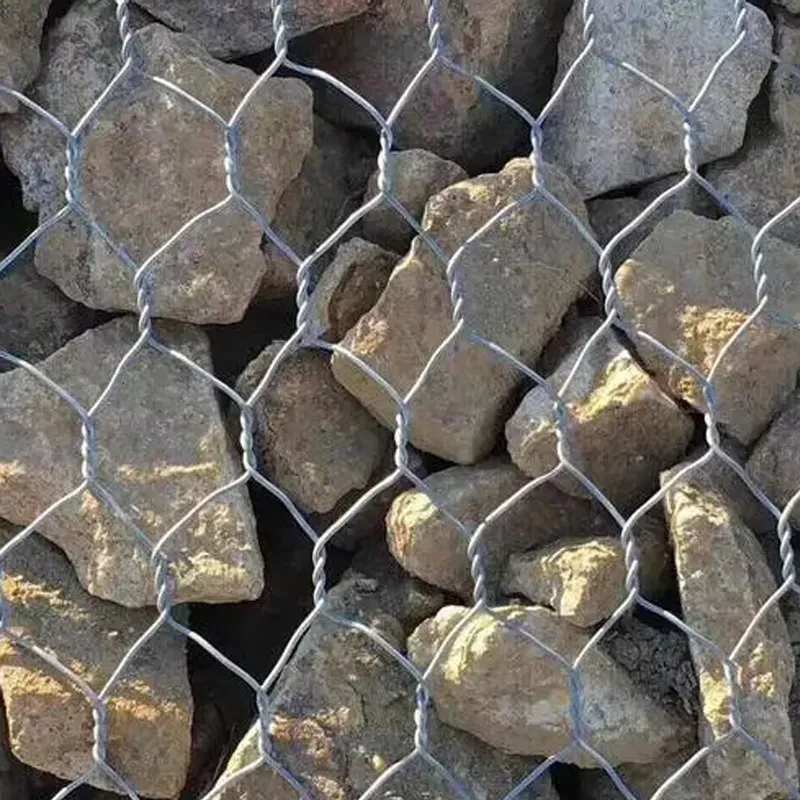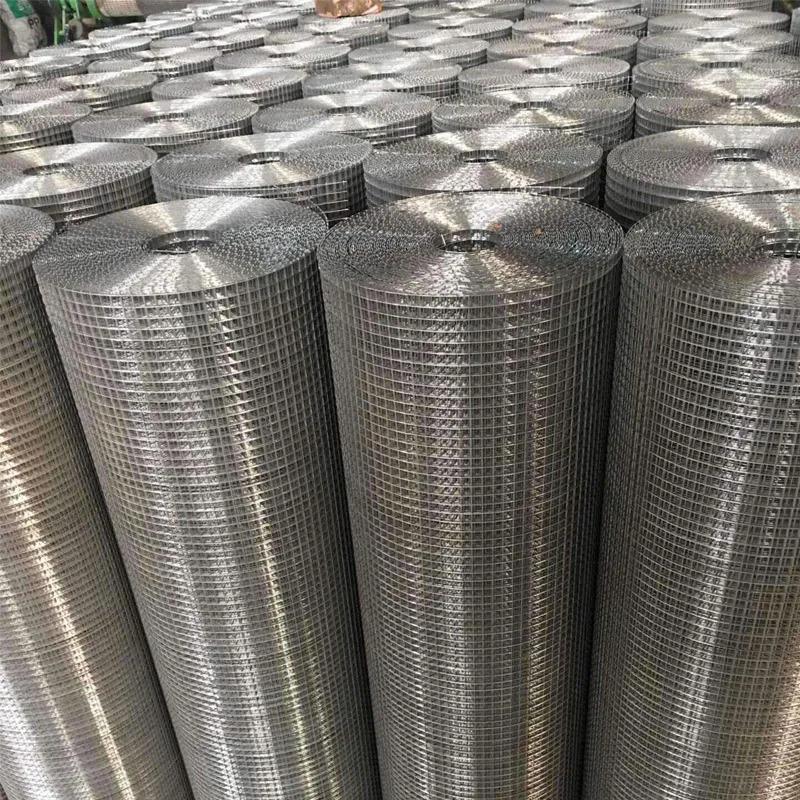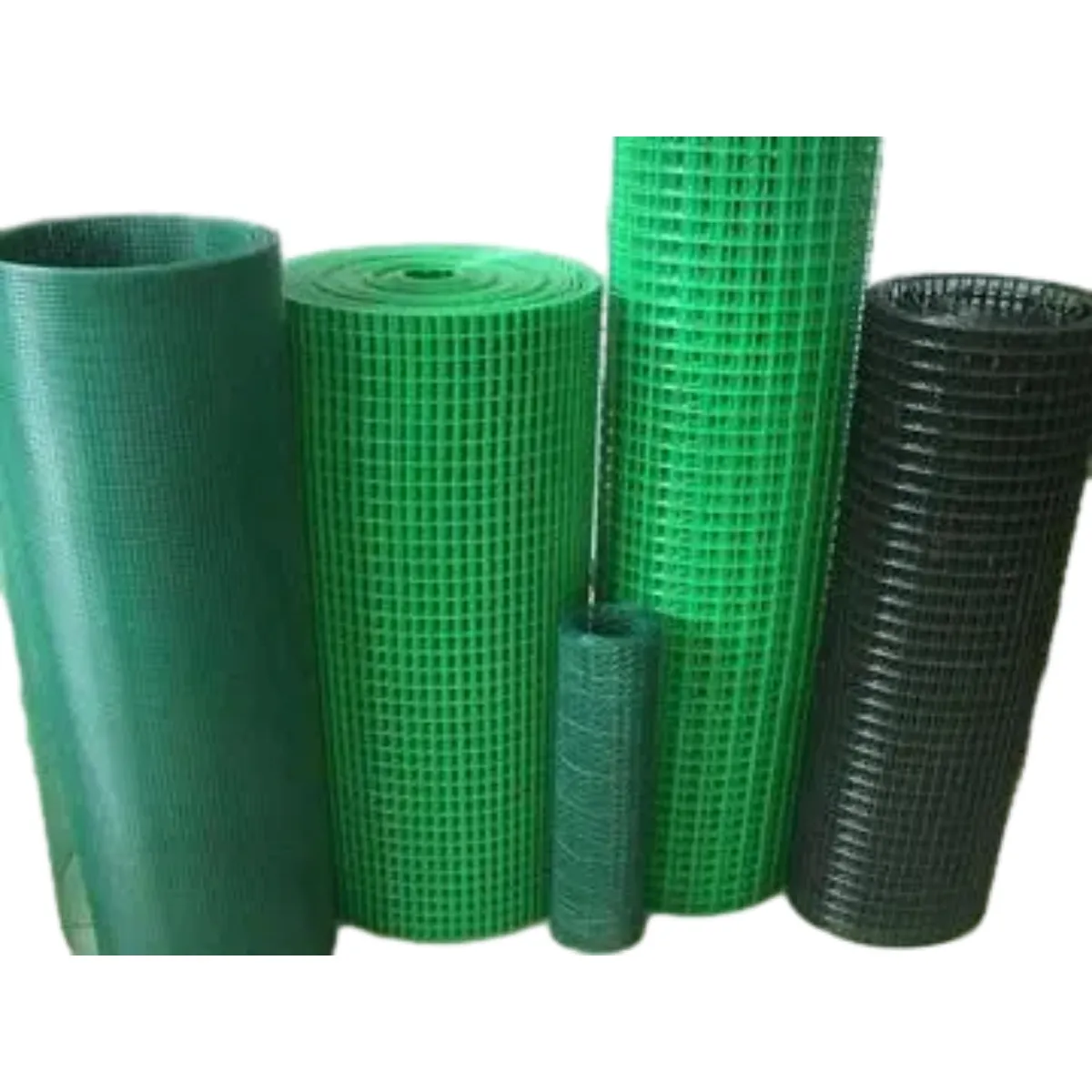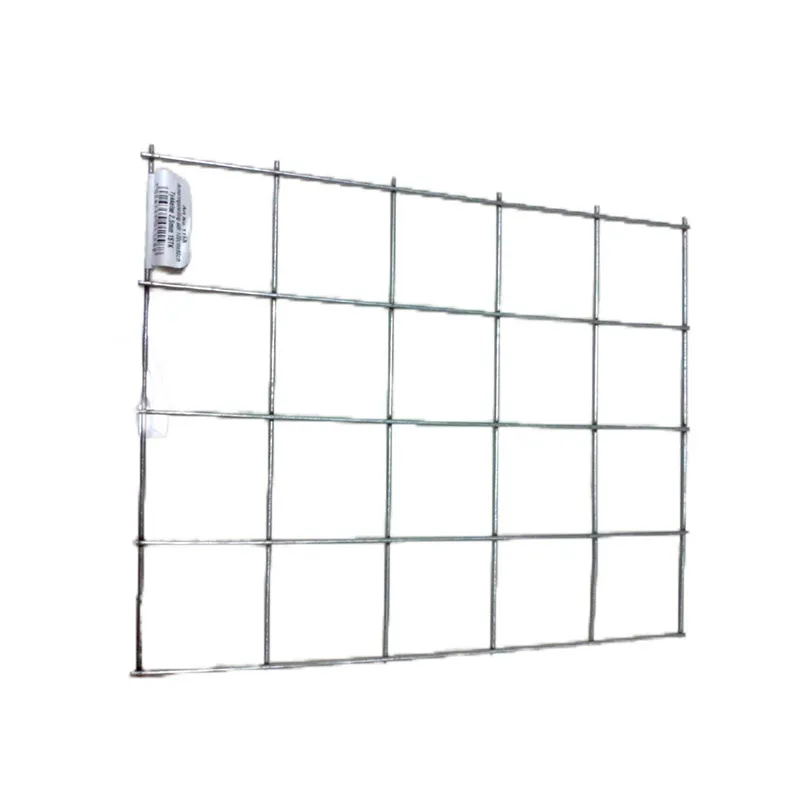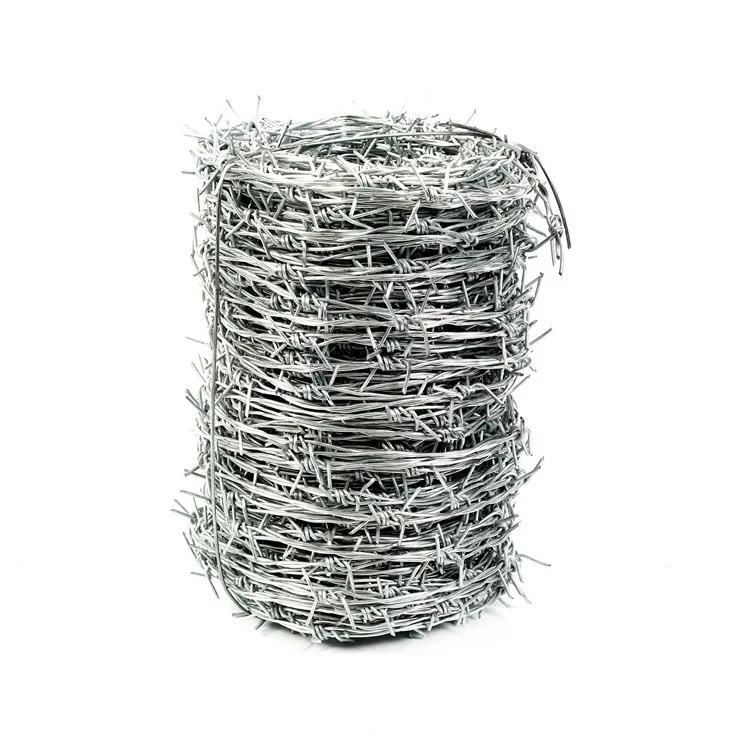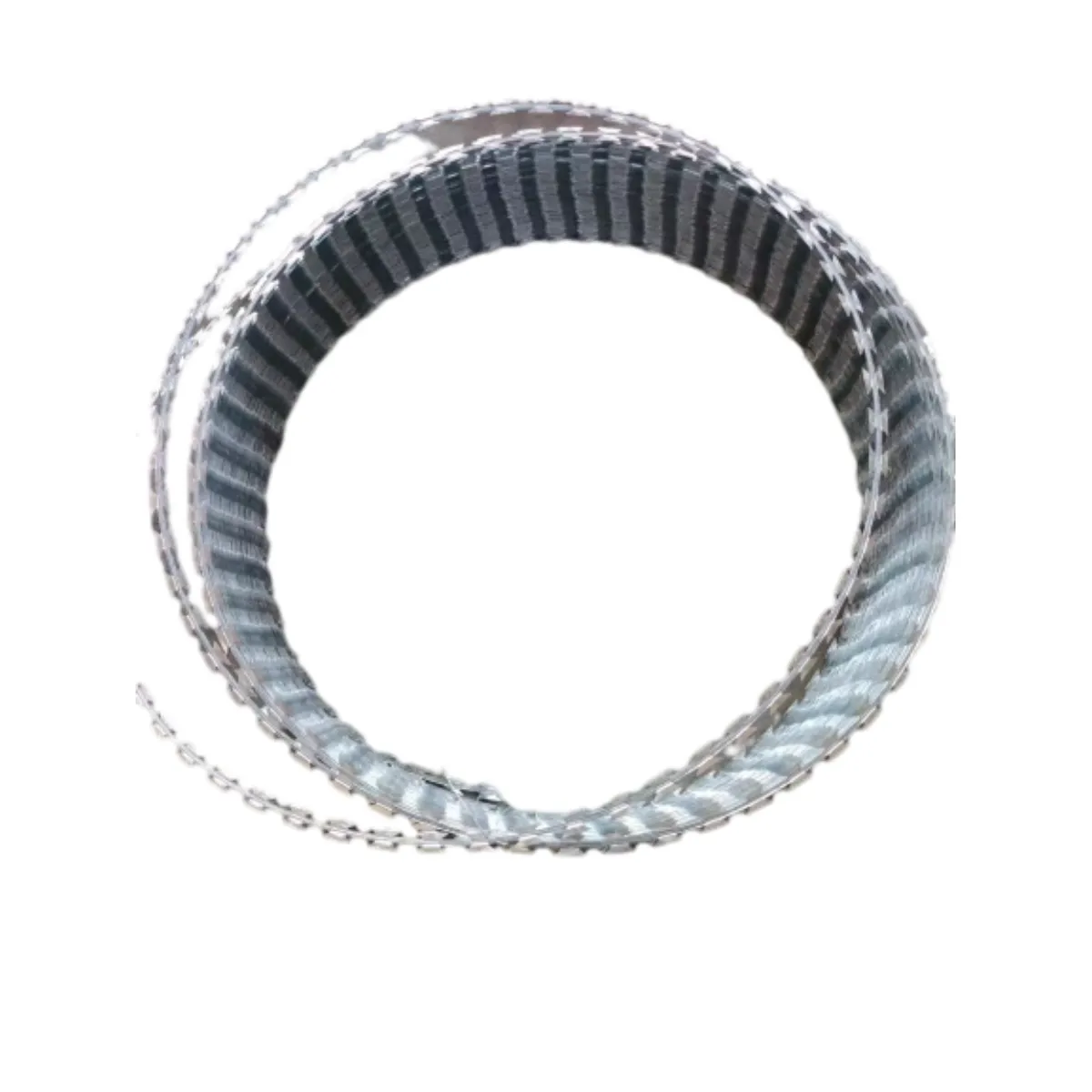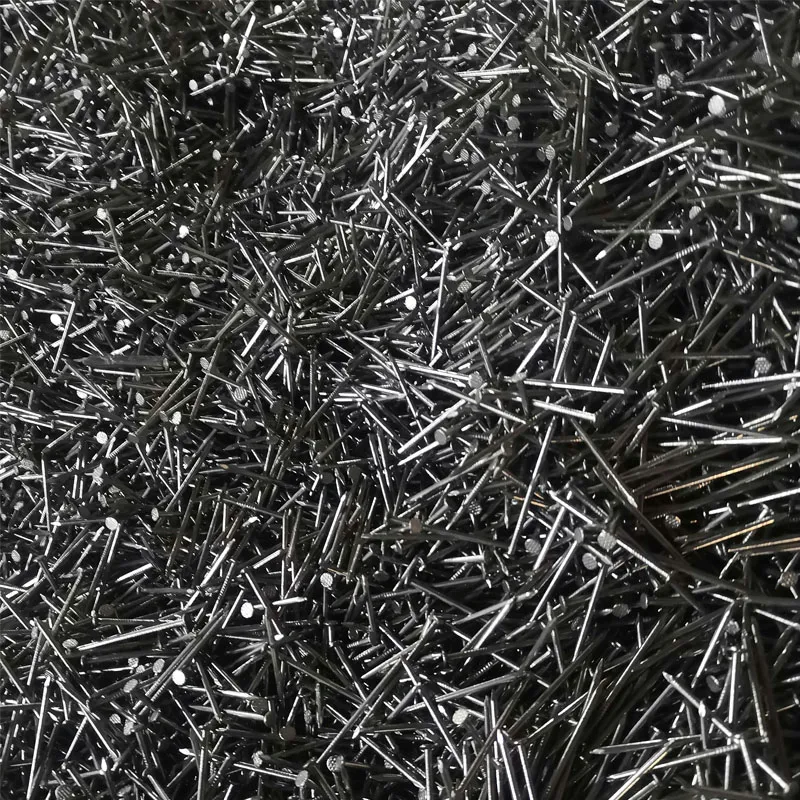Jul . 29, 2024 03:43 Back to list
Current Trends and Predictions in Barbed Wire Pricing for the Coming Year
The Price of Barbed Wire An Analysis of Trends and Factors Influencing Costs
Barbed wire has been a crucial component in agriculture, construction, and security for more than a century. Its primary function is to deter intruders and manage livestock, making it a staple in many industries. However, like most commodities, the price of barbed wire fluctuates due to various factors, including raw material costs, global demand, and market dynamics. This article delves into the trends and influences affecting barbed wire pricing.
Historical Context
Understanding the price of barbed wire requires a brief look at its history. Invented in the 1860s, barbed wire revolutionized fencing. Its popularity surged in the late 19th and early 20th centuries, driven by the westward expansion in the United States and increased agricultural needs. However, pricing remained relatively stable until the late 20th century when global economic changes began to influence costs.
Impact of Raw Materials
One of the primary factors affecting the price of barbed wire is the cost of raw materials, notably steel. Barbed wire is traditionally made from high-tensile strength steel, which undergoes various processes to enhance its durability and effectiveness. As global demand for steel fluctuates, so too does the price of barbed wire. For instance, during economic booms, construction and infrastructure projects increase the demand for steel, resulting in higher prices for all steel-based products, including barbed wire.
In recent years, the price of steel has seen considerable volatility due to trade tariffs, supply chain disruptions, and changes in global production levels. For instance, tariffs imposed on imported steel by various countries can lead to increased domestic prices, reflecting directly on barbed wire costs. As such, consumers and businesses must stay informed about these fluctuations to make prudent purchasing decisions.
Supply and Demand Dynamics
barbed wire price
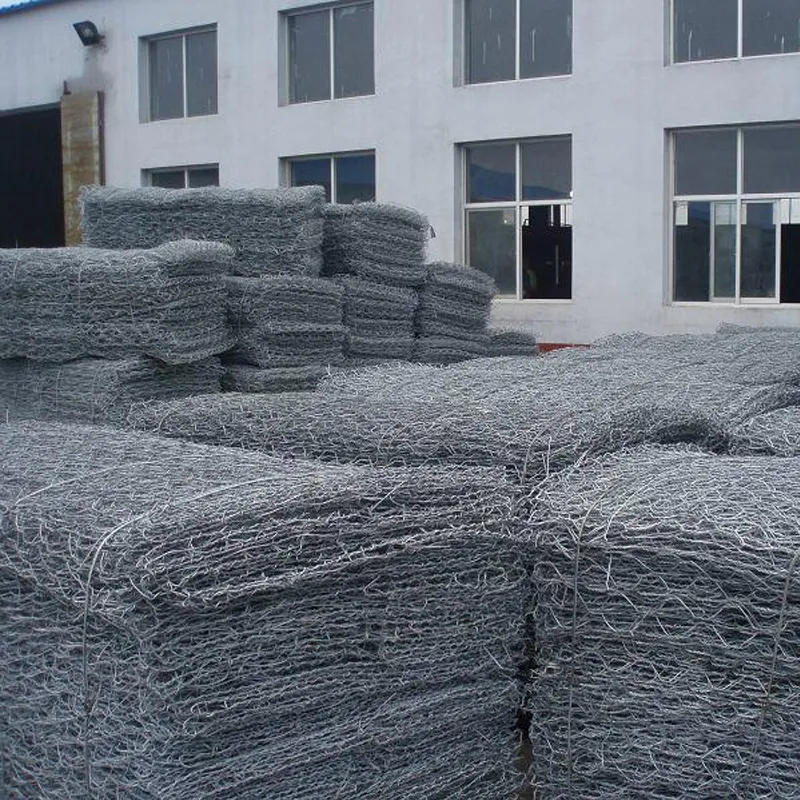
The supply and demand equation plays a significant role in determining barbed wire prices. In agricultural sectors, factors such as crop yield and livestock prices influence demand. Higher crop prices can lead to increased investment in fencing for livestock management, thereby driving up the demand—and subsequently the price—of barbed wire. Conversely, during economic downturns, reduced agricultural activity leads to lower demand, causing prices to stabilize or decrease.
On the construction front, urbanization and housing market trends also impact barbed wire prices. As cities expand, the need for secure construction sites rises. This increase in demand for barbed wire in security applications can drive up prices in certain regions, reflecting local market conditions.
Global Market Trends
The globalization of markets has also contributed to the complexity of barbed wire pricing. Countries that produce large quantities of inexpensive steel can export their products, affecting local markets and prices internationally. For example, if a country like China ramps up steel production, it can lower global steel prices, making barbed wire more affordable. Conversely, political tensions can disrupt trade routes and increase shipping costs, ultimately leading to higher barbed wire prices.
Future Outlook
Looking ahead, the price of barbed wire is likely to remain influenced by the turbulent global economic environment, raw material costs, and changing demand patterns. With the increasing emphasis on sustainable practices, recycled materials in the production of barbed wire may also become more prevalent, potentially affecting pricing structures.
In conclusion, the price of barbed wire is shaped by a multitude of factors, including raw material costs, supply and demand dynamics, and global market trends. Stakeholders in agriculture and construction must remain adaptable and informed to navigate these fluctuations effectively, ensuring that they can procure essential materials without undue financial strain. As industries continue to evolve, so too will the landscape of barbed wire pricing, reflecting the interplay of economic forces worldwide.
-
euro-style-fence-trends-sleek-secure-sustainable
NewsAug.22,2025
-
from-construction-to-art-the-versatility-of-common-nails
NewsAug.22,2025
-
the-art-of-security-razor-wire-sculptures-in-modern-defense
NewsAug.22,2025
-
pvc-coated-wire-mesh-an-eco-friendly-choice-for-sustainable-development
NewsAug.22,2025
-
innovative-uses-of-galvanised-iron-wire-mesh-in-architecture
NewsAug.22,2025
-
the-ultimate-guide-to-installing-gabion-baskets-for-slope-control
NewsAug.22,2025

